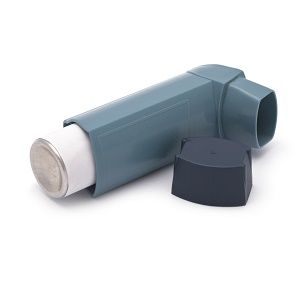Article
Urban, Rural Living Not a Determinant of Asthma in Blacks
Author(s):
A comparison of urban and rural black youths has shown no difference in asthma prevalence rates, thus highlighting poverty's role in the disease's development.

A comparison of urban and rural black youths has shown no difference in asthma prevalence rates, thus highlighting poverty’s role in the disease’s development.
Their study, which was published online on March 30 in The Journal of Allergy and Clinical Immunology, has challenged the hypothesis that city life is related to asthma.
“African American (AA) youth living in similar socioeconomic circumstances, asthma prevalence is as high in rural Georgia as it is in urban Detroit, suggesting that urban residence is not an asthma risk factor,” the researchers deduced.
Including public high school students from Detroit (n= 7297) and rural GA (n=2523), a team of researchers from the Medical College of Georgia at Georgia Regents University measured asthma frequency. For subjects who weren’t formally diagnosed, the team considered experiencing multiple respiratory incidents within 12 months as an indicator of asthma.
Of the 6994 (95.8%) Detroit and 1514 (60.0%) GA youth that are AA, the investigators found similar rates of diagnosed and undiagnosed asthma (15.0% (95% CI, 14.1-15.8) and 13.7% (95% CI, 12.0-17.1) (P = .22), respectively and 8.0% and 7.5% (P = .56), respectively).
Upon further investigation, the team found a common thread among asthmatic children in Detroit and Georgia: poverty.
"On a poverty scale, the children we compared in Detroit and these Georgia counties were virtually identical," Dennis R. Ownby, allergist-immunologist at the Medical College of Georgia at Georgia Regents University and the study's corresponding author said. "The things these children have in common include high rates of poverty, asthma, and being black."
However, not all findings from their analysis were parallel. For instance, Detroit youths with diagnosed asthma experienced more exacerbations and hospitalizations than the GA cohort. Comparatively, the study’s co-principal author, Martha S. Tingen, Co-Research Director of the GRU Children's Research Unit and Charles W. Linder, MD, Endowed Chair in Pediatrics, pointed out that undiagnosed rural AA youths reported more episodes, including wheezing with exercise and night coughing, than the Detroit group.
With 1 in 10 and 1 of 5 black children reportedly having asthma, the investigators plan to investigate beneficial gut bacteria, as they believe it is heavily related to the disease.





